Table of Contents Show
For years now, Wes Anderson has been making his mark in the film industry. His movies are instantly recognizable in their use of symmetry, colors, whip pans, and many other motifs that viewers have begun to expect. This coming summer, Anderson’s newest film, The French Dispatch (2020), was set to be released. Like many of his previous movies, the trailer seems to depict an evocative story centered around bygone times. This fascination and utilization of the past is something Anderson is also known for; he often creates imagined worlds with events and aesthetics familiar to those watching his movie. To style his films in a way that so many audiences are familiar with today, Wes Anderson consistently utilizes nostalgia in his world and character building.
Historic Storytelling
One of the most obvious forms of nostalgia that Anderson utilizes is historical. This nostalgia is present throughout almost all of Wes Anderson’s films, in many different forms. Anderson may use physical settings of his stories, such as the American 60s in Moonrise Kingdom (2012), or more subtle artistic flairs, such as monogrammed luggage in The Darjeeling Limited (2007). The historical nostalgia Wes Anderson uses creates a sense of longing for the past; in physicality, aesthetics, memory. This longing for and sometimes even romanticization of the past is seen best in The Grand Budapest Hotel (2014).
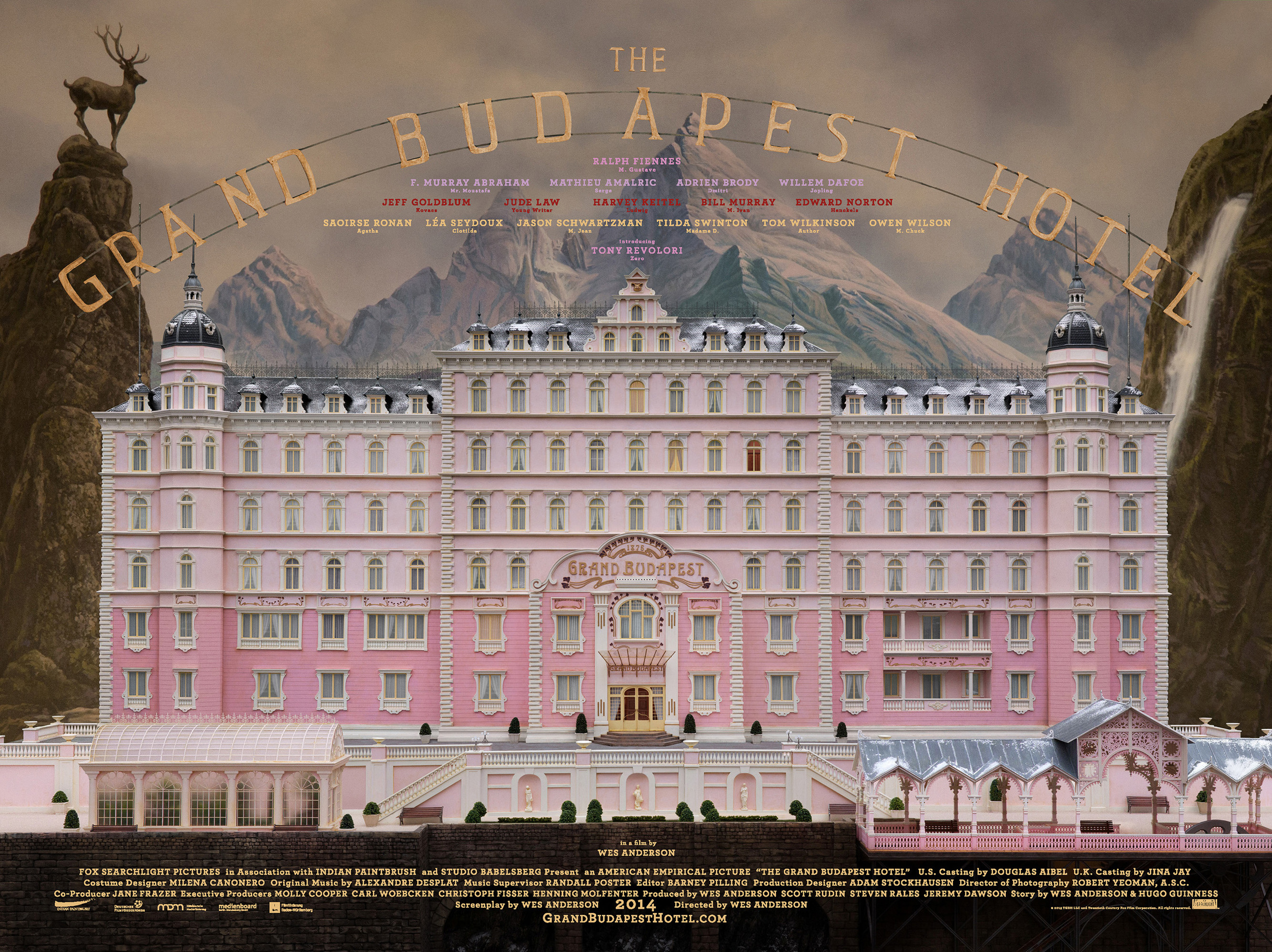
The Grand Budapest Hotel (2014) predominantly takes place at an imaginary early 20th-century European hotel in the fake Republic of Zubrowka. Even when the hotel is shown from the narrator’s perspective in the ‘present’, the outfits of the concierge, comments by characters about architecture and so on all evoke a sense that the heyday of the hotel, and its more illustrious past, have gone by. Through the conversation between Zero Mustafa and the Author in the baths, Anderson suggests that modernity has begun to erase the uniqueness of the Grand Budapest Hotel, but the memories Zero associates with the hotel still bring him joy.
This feeling, a longing for an idealized past and golden age of The Grand Budapest, is at the core of this film and evoking nostalgia (( Pickering and Keightley, “The Modalities of Nostalgia,” 919 )). The way the Author and Zero discuss the hotel, makes the viewer want to learn more about what it looked like at its most busy and illustrious, effectively keeping us intrigued as to what will happen next in the film.
The Author: The thermal baths are very beautiful.
Mr. Mustafa: They were in their first condition. It couldn’t be maintained, of course—too decadent for current tastes. But I love it all just the same, this enchanting old ruin.
The Grand Budapest Hotel (2014)
This intrigue pays off as viewers are given a whimsical, nostalgia packed story narrated by Zero about his adventures with the hotel concierge, M. Gustave. We are taken through a fast-paced murder, art heist, and love story all set during a European war that, for viewers, seems reminiscent of World War One and World War Two put together. The movie’s history, while not factual, brings viewers’ minds back to their knowledge of the 1930s and the World Wars – allowing them to have a better understanding of the events that unfold and the changes seen because of the encroaching war.
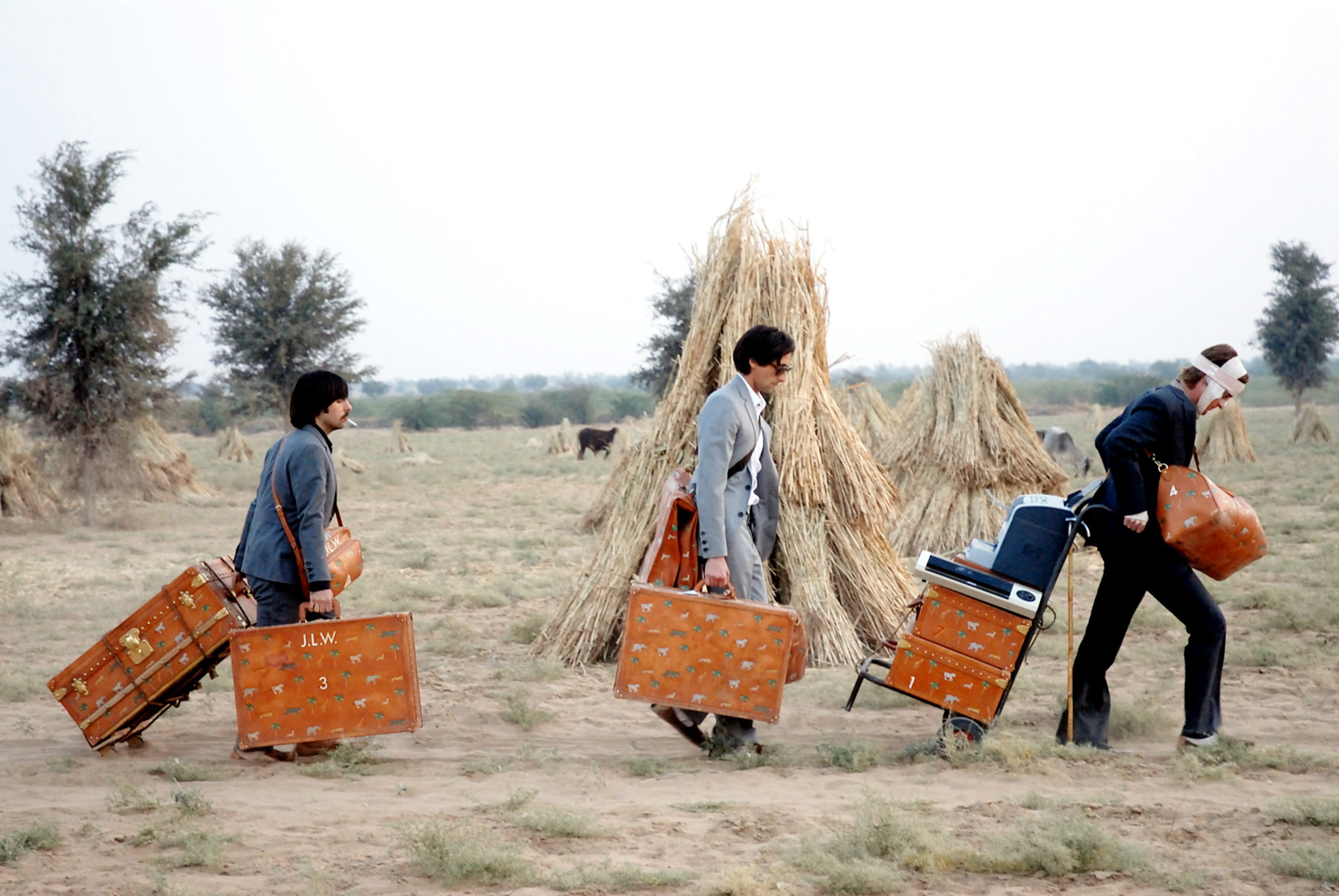
The Republic of Zubrowka, the war, the murders, and the love story between Agatha and Zero may not be real in our world, but through the color schemes, speech style, and cinematography, Anderson evokes a sense of nostalgia that makes the story personal and engaging for viewers. Wes Anderson relies on the assumption that his audience knows enough about our own world history so that even amidst the imaginary and whimsy of the film’s story, we relate to the struggles and achievements of the characters.
Childhood Memories
Besides creating fantastical historical worlds, Wes Anderson is also well known for the child-like spirit in many of his films. This is seen throughout The Royal Tenenbaums (2001), through the family dynamics of the Tenenbaum siblings, and is also at the center of Moonrise Kingdom (2012). Childhood nostalgia in Wes Anderson films is exemplified by a romanticization of what it means to be young, specifically the adventure that comes with being a child. In Moonrise Kingdom (2012), viewers are taken on an adventure to experience the budding romance and love between Sam Shakusky and Suzy Bishop in a, once again, imaginary setting: New Penzance, a coastal Maine island in 1965.
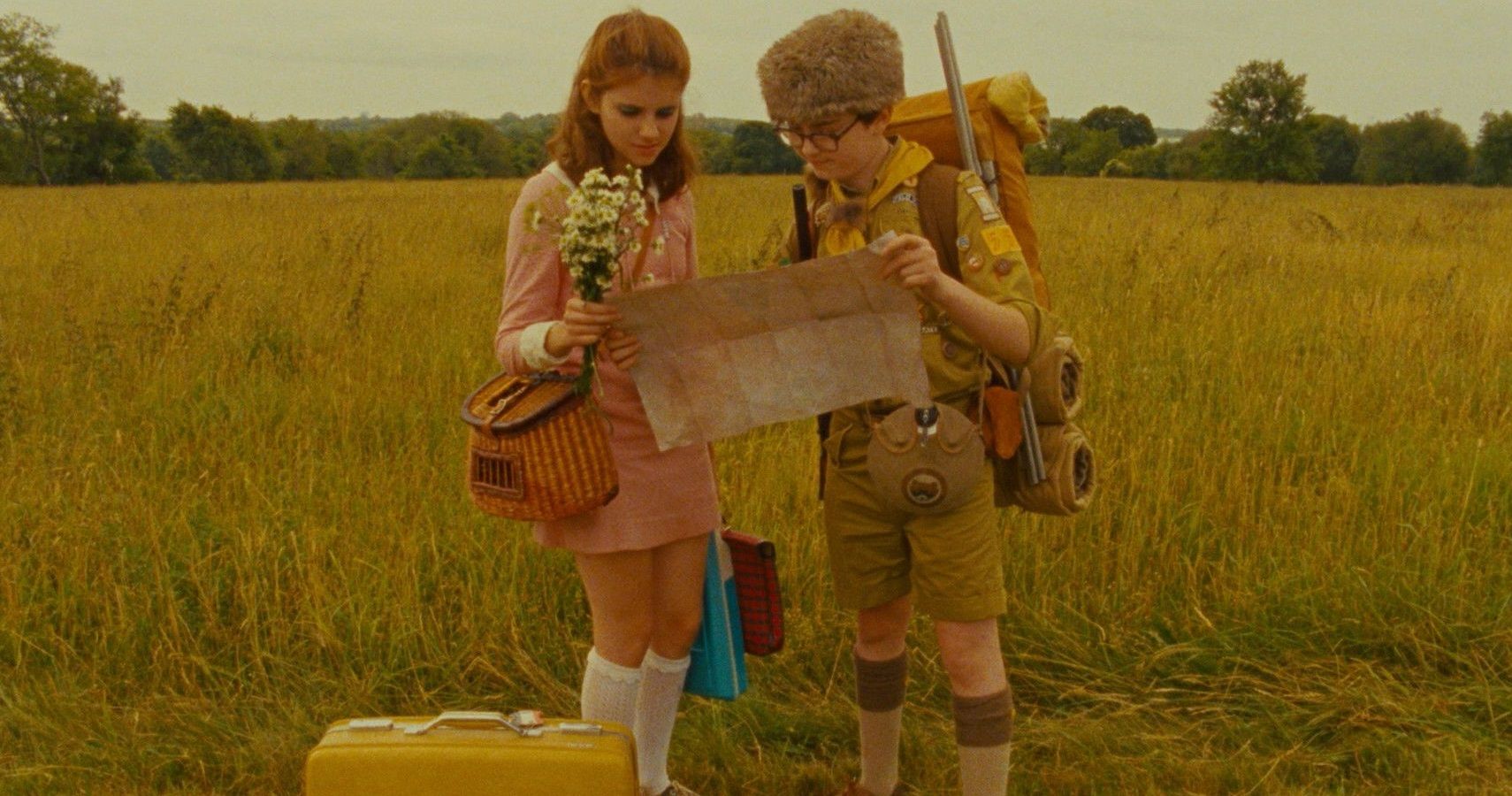
The foundational premise of this film is based in summer childhood activities. The boys of the Khaki Scout Troop resemble what might be considered a typical sleep-away Boy Scouts camp and in a flashback, Suzy is seen performing in a summer community theatre production. From the opening scrolling scene of the morning activities of the Khaki Scout members, viewers witness a series of childhood, albeit stereotypically male, memories: making a lanyard (poorly), building a treehouse, lighting ants on fire, and riding around on a mini motorcycle. For a lot of people watching, whether they are teens, young adults, or middle-aged, they can probably in some way relate to these characters and the nostalgia of summertime as a child.
This childhood nostalgia and the whimsical storytelling of young summer love draws viewers into the story and encouraging them to become invested in Sam and Suzy’s adventures. Viewers are reminded of what it was like to be a child at camp themselves and possibly even what having their first serious crush or romantic experience was like. These are memories shared across generations (( Bixby, “Nostalgia and Moonrise Kingdom,” Huffington Post, Oct. 6, 2012 )). and even though the 1960s setting may have more cultural nostalgia for older members of the audience, Wes Anderson’s heartfelt narrative allows people to participate in collective remembering of summer and the innocence of youth.
Nostalgia And Film
Wes Anderson is not the only director and writer to utilize nostalgia to build intriguing and memorable movie worlds. It is a very common tactic deployed in movies and it makes sense as to why — it allows viewers to reflect on their own knowledge and lives, making movies about far off and imaginary people, places, and times deeply personal.
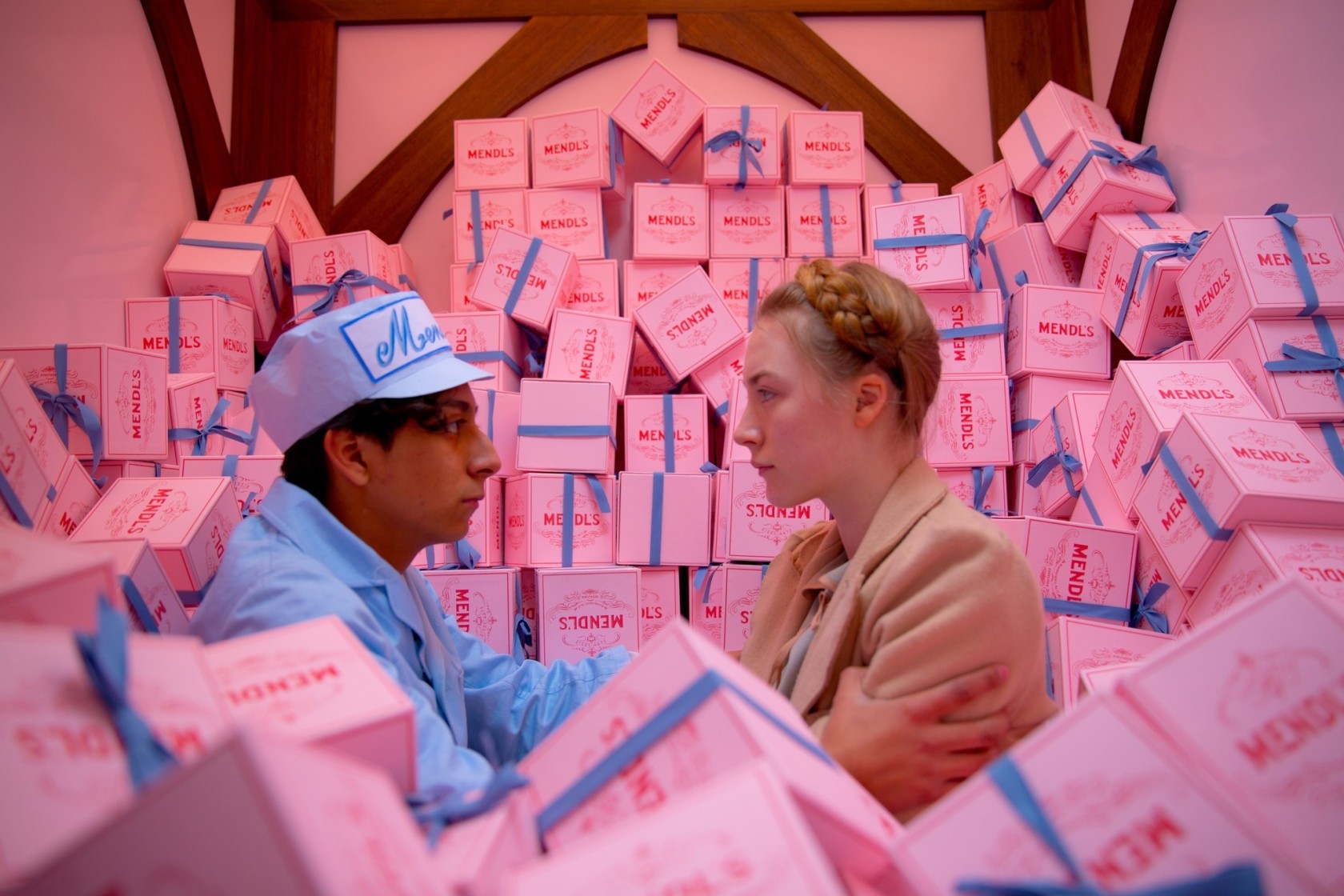
Making things personal, not just relatable, is important if you want people to return to your movies time and time again; viewers will be nostalgic for their own experiences and can relive them through your storylines. Wes Anderson does just that. He makes his films gorgeous to look at with instantly recognizable color palettes and symmetrical shots, making watching a Wes Anderson film an enjoyable experience. However, what pushes his films above and into media that people reference and return to over and over again is the connection viewers make to the content. The characters, stories, and worlds all shift dynamically before our very eyes and pull us in.
The sentiment in nostalgia’s Latin roots of “to return” whether that is to a memory, home, or person, are implemented throughout all of Anderson’s works (( Dilley, The Cinema of Wes Anderson: Bringing Nostalgia to Life, 215. )) and, along with the beautiful style of filming, is what makes his movies so well-known and unique. Through this nostalgia, viewers continue to return to Wes Anderson’s worlds to remember what having their first crush was like, to reminisce over past family dynamics, or to share in the joys, losses, and wonder-filled moments that are inherent in the human experience.
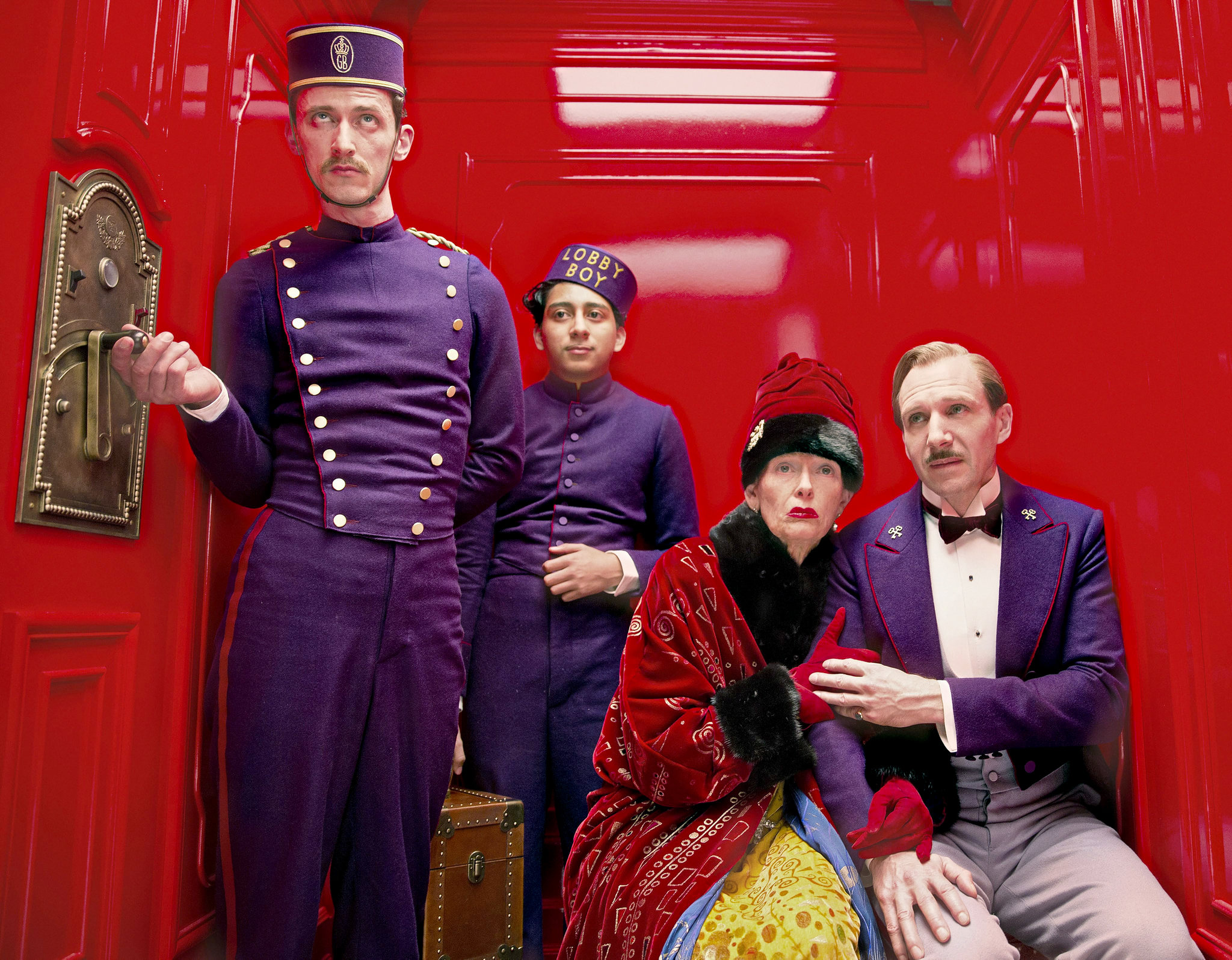
Excellent article – I loved this perspective … make me want to watch more of Anderson’s films.